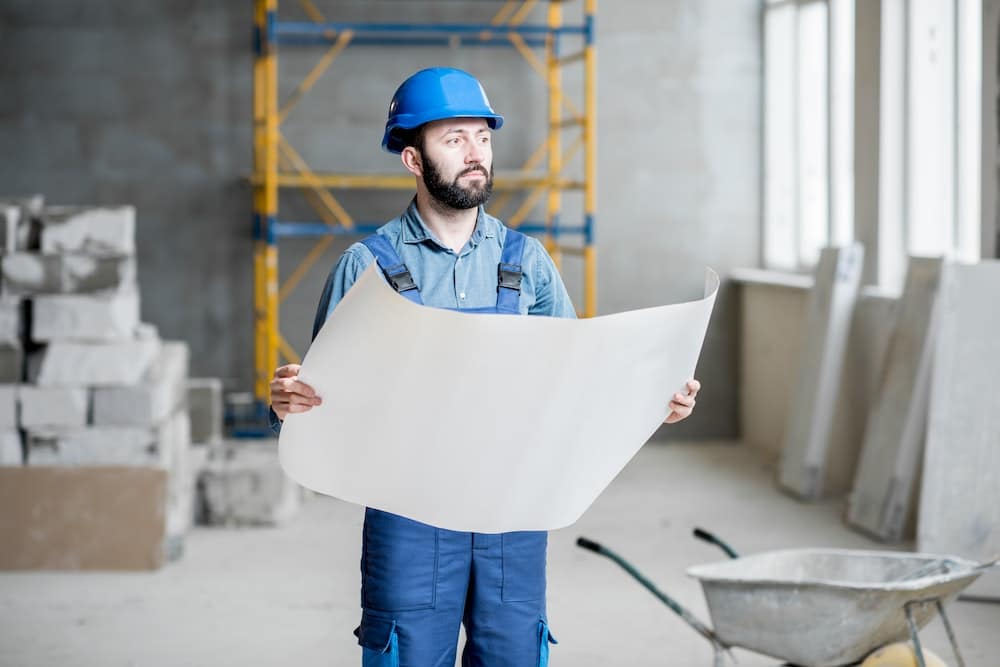The construction industry is notorious for its high levels of waste. From unused materials to demolition debris, waste is an inevitable part of every construction project. However, the way we manage this waste can have a significant impact on the environment and the sustainability of the construction industry. In this article, we will explore the best practices for sustainable waste management during real estate construction. We’ll delve into the various strategies to reduce, reuse, and recycle waste, and how implementing these strategies can contribute to more sustainable and green building designs.
Understanding the Importance of Sustainable Waste Management in Construction
Sustainable waste management is becoming increasingly crucial in the construction industry. This practice involves managing waste in a manner that reduces its environmental impact, either through prevention, reduction, recycling, or reuse. Sustainability is all about creating systems that can continue over the long term without depleting resources or harming the environment. In the context of waste management, a sustainable system is one that minimizes the amount of waste produced and ensures that any waste that is generated is dealt with in the most environmentally friendly way possible.
A découvrir également : How to Navigate the Complexities of Real Estate Ownership Transfers Within Family Estates?
The construction industry is a significant contributor to global waste. In fact, construction and demolition (C&D) waste makes up a significant portion of total solid waste generated worldwide. It’s comprised of materials such as concrete, wood, metals, glass, plastics, and more. As the demand for new buildings continues to grow, so too does the volume of C&D waste.
Implementing sustainable waste management practices in construction projects not only helps to preserve the environment and conserve resources but also has financial benefits. Through efficient waste management, you can reduce disposal costs and even make money by reselling or recycling waste materials.
A découvrir également : What Are the Key Factors for Developing Successful Urban Infill Real Estate Projects?
Strategies for Waste Reduction in Construction
Reducing the amount of waste produced in the first place is the most effective way to minimize the environmental impact of construction projects. Waste reduction can be achieved through careful planning and efficient use of resources.
In the design stage of a project, consider ways to minimize waste. This could mean designing buildings that require fewer materials to construct, or choosing materials that come with less packaging. During construction, materials should be ordered to exact measurements where possible to avoid unnecessary waste.
Another strategy is to use prefabricated components, which are manufactured off-site and then assembled on-site. This method can significantly reduce waste since the manufacturing process is typically more precise than on-site construction.
The Role of Recycling and Reuse in Sustainable Waste Management
Recycling and reusing materials is another key part of sustainable waste management. This strategy not only reduces the amount of waste that ends up in landfills but also reduces the demand for new materials, saving energy and reducing carbon emissions.
Many construction materials can be recycled or reused. For example, concrete and asphalt can be crushed and used as a base for roads or new construction projects. Wood, metals, and plastics can all be recycled and used to produce new materials.
Reuse is another effective waste management strategy. Many materials, such as bricks and fixtures, can be reused in other construction projects. There are also many companies that specialize in salvaging materials from demolition sites and reselling them.
Implementing Green Building Practices
Green building practices are a comprehensive approach to sustainability that extends beyond waste management. They incorporate every aspect of the construction process, from design and material selection to construction techniques and building operation.
Green buildings are designed to reduce waste and conserve energy, while also providing a healthy and comfortable environment for occupants. They use materials that are sustainable, renewable, and have a low environmental impact.
Energy efficiency is a key component of green building. This can be achieved through proper insulation, high-efficiency appliances and lighting, and the use of renewable energy sources such as solar or wind power.
Green buildings also consider water efficiency, using fixtures and appliances that reduce water usage and implementing systems for rainwater collection and gray water recycling.
Final Thoughts on Sustainable Waste Management
Sustainable waste management in the construction industry is a complex issue that requires a comprehensive approach. It’s not just about recycling and reusing materials; it’s about creating a culture of sustainability that permeates every aspect of the construction process.
By implementing the strategies discussed in this article, you can significantly reduce the environmental impact of your construction projects and contribute to a more sustainable future for the construction industry. Remember, every step taken towards more sustainable practices makes a significant difference.
Property Manager’s Role in Sustainable Waste Management
Property managers have a significant role in ensuring sustainable waste management in their construction projects. With the growing awareness of environmental conservation, property managers are required to stay ahead by adopting practices that not only promote the health of the environment but also appeal to a growing market of environmentally-conscious clients.
Property managers can encourage sustainable practices among their team by implementing a strict waste management plan that focuses on waste reduction, reuse recycling, and recycling of construction materials. The plan should detail how waste is to be sorted, stored, and disposed of, ensuring compliance with local and national regulations on waste disposal.
A majority of the construction waste can be reused or recycled. This includes C&D materials such as concrete, wood, metals, and plastics among others. By partnering with recycling companies, property managers can ensure these materials are taken to the right facilities for processing. This not only reduces the amount of waste sent to landfills but also lowers the demand for new materials, reducing the overall project costs.
Proper training and education of the project team are crucial in ensuring successful implementation of the waste management plan. The team should understand the importance of proper waste segregation, which is crucial for efficient recycling and reuse.
Property managers also need to consider design aspects that promote sustainability. This could mean opting for designs that maximize space and minimize waste generated, selecting environmentally friendly building materials, and integrating green technologies such as solar panels or rainwater harvesting systems.
The Future of Waste Management in Building Construction
The future of sustainable waste management in the construction industry looks promising. With greater awareness about environmental conservation and sustainability, more and more construction companies are embracing green building practices. These practices focus on the efficient use of resources throughout the building’s lifecycle, from design and construction to operation and demolition.
The growing trend of green building is not only beneficial for the environment but also for property managers, portfolio managers, and other stakeholders in the construction industry. Green buildings are more cost-effective in the long run, thanks to their energy efficiency and reduced maintenance costs. They also appeal to a broad range of clients, from individuals to corporations, who are increasingly conscious of their environmental footprint.
As more advanced technologies emerge, we can expect to see even more innovative solutions for managing construction waste. From the use of AI and machine learning to optimize resource use and waste management, to advanced recycling technologies that can extract valuable resources from demolition waste, the future of waste management in construction looks bright.
Technological advancements will also play a significant role in C&D waste management. For example, technologies such as Building Information Modelling (BIM) can help in efficient planning and minimizing waste during the construction phase.
In Conclusion
The construction industry is a major contributor to the global solid waste crisis, but it also has the potential to be a part of the solution. Through sustainable waste management practices, construction companies can reduce the amount of waste they generate, while also minimizing their environmental impact.
While waste management might seem like a daunting task, it’s important to remember that every little effort counts. Every single piece of material reused or recycled, every step taken towards more efficient design and construction processes, contributes to a more sustainable future for our planet.
The key to achieving sustainable waste management in the construction industry lies in embracing a culture of sustainability. This culture should permeate every level of the organization, from the property manager to the on-site worker. Only then can we hope to significantly reduce the environmental impact of the construction industry.
As we look towards the future, let’s remember the importance of sustainability in every aspect of our lives, from the buildings we construct to the way we manage our waste. Remember, a sustainable future starts with us.






